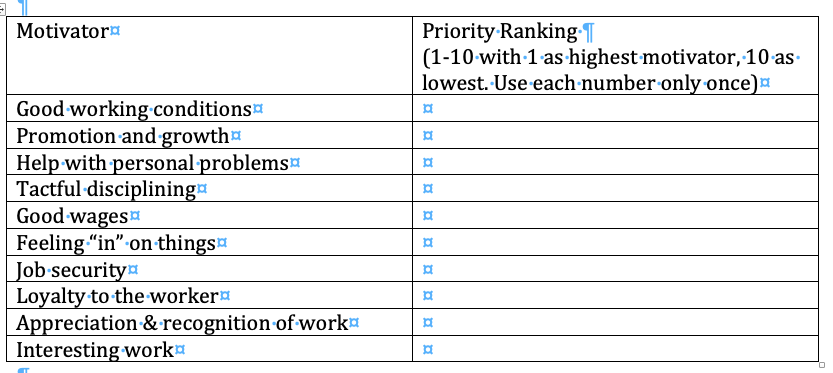
SAM, BSC’s Small and Mighty LEGISLATIVE WATCHDOG points to:
Pass-through businesses should pay attention to the BIG bill going through the Senate!
BUILD BACK BETTER bill is not just about climate change. It also includes the potential of a new higher tax rate coming your way if you are a sole proprietor, Partnership, S Corp, or LLC, i.e. a pass-through business.
Read about both sides of the issue, then decide your POV and take action (including making sure your tax advisor is following this):
• Benefits to business: https://www.legalzoom.com/articles/what-are-the-benefits-of-pass-through-taxation
• WSJ commentary on Shumer-Manchin Bill and the IRS: https://www.wsj.com/articles/the-irs-is-about-to-go-beast-mode-chuck-schumer-joe-manchin-audit-taxes-middle-class-joe-biden-11659477320?mod=hp_opin_pos_1
• Disadvantages: https://taxfoundation.org/house-democrats-pass-through-business-tax/
• Implications of the change to your pass-through business: https://www.cbpp.org/research/federal-tax/repealing-flawed-pass-through-deduction-should-be-part-of-recovery-legislation
Pass-through income is only subject to a single layer of income tax and is generally taxed as ordinary income up to the maximum 37 percent rate. However, certain pass-through income is eligible for a 20 percent deduction, which reduces the top tax rate to a maximum of 29.6 percent. The 2017 Tax Cuts and Jobs Act (TCJA) created a new 20 percent deduction for certain pass-through income through 2025, after which the measure is scheduled to expire.
https://www.taxpolicycenter.org/briefing-book/how-are-pass-through-businesses-taxed






